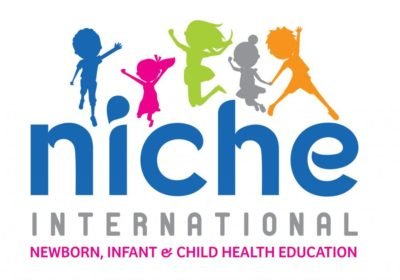My favourite lecture is the one on jaundice – a pet topic of mine. I was challenged today on my statement that congenital malaria can cause jaundice. Actually the challenge was whether the malaria parasites can cross the placenta. Grace – with a lot more experience of congenital malaria than me – came to my rescue. In Cameroon, she is now doing peripheral blood smears for babies born to mothers known to have malaria during delivery and is finding more cases than expected in the neonates being treated for sepsis. This evening, I looked it up.

Here are a few bullet points from the above paper which comes from just east of where I am sitting as I write:
- placental malaria significantly increases the risk of perinatal morbidity and mortality including low birth weight, intrauterine growth restriction, preterm labour and intrauterine fetal death
- malaria in pregnancy is estimated to account for 100,000 neonatal deaths annually
- maternal malaria can be prevented during pregnancy with intermittent presumptive treatment with sulfadoxine–pyrimethamine, and can reduce neonatal mortality by up to 61%
- maternal immunity to malaria may confer protection to the fetus through transmission of immunoglobulin G antibodies (IgG) against malaria
- the presence of fetal haemoglobin (HbF) in the neonate prevents high parasitaemia
- to maximize the chances of early detection of congenital malaria, neonates born to mothers with malaria in the last 7 days before delivery should be investigated with a blood film for malaria parasites irrespective of the clinical picture and weekly thereafter for the first month
- the clinical features of neonatal and congenital malaria overlap with sepsis syndromes. Other symptoms can include anaemia, jaundice, diarrhoea, vomiting, lethargy, convulsions, irritability, tachypnoea, respiratory distress, hepatosplenomegaly
- for infants weighing less than 5kg with uncomplicated P. falciparum, the World Health Organization (WHO) recommends treatment with ACT at the same mg/ kg body weight dose as for children weighing 5 kg.
I’ll report back to the learners tomorrow. They do not look for malaria here in babies born to mothers with active malaria but the paper suggests that may be testing is indicated. We all learnt something today.

The trip to Bwindi was a great one. Great team to work with. Learners overwhelming. One similarity between cameroonians and Ugandans learners was the thought about others who did not have the opportunity to do this course. I